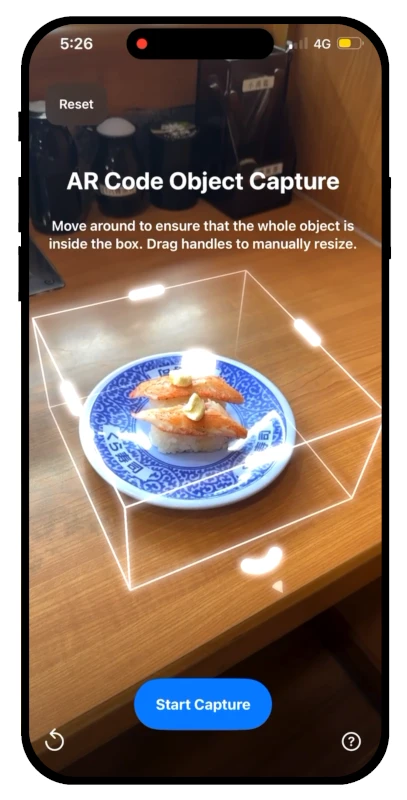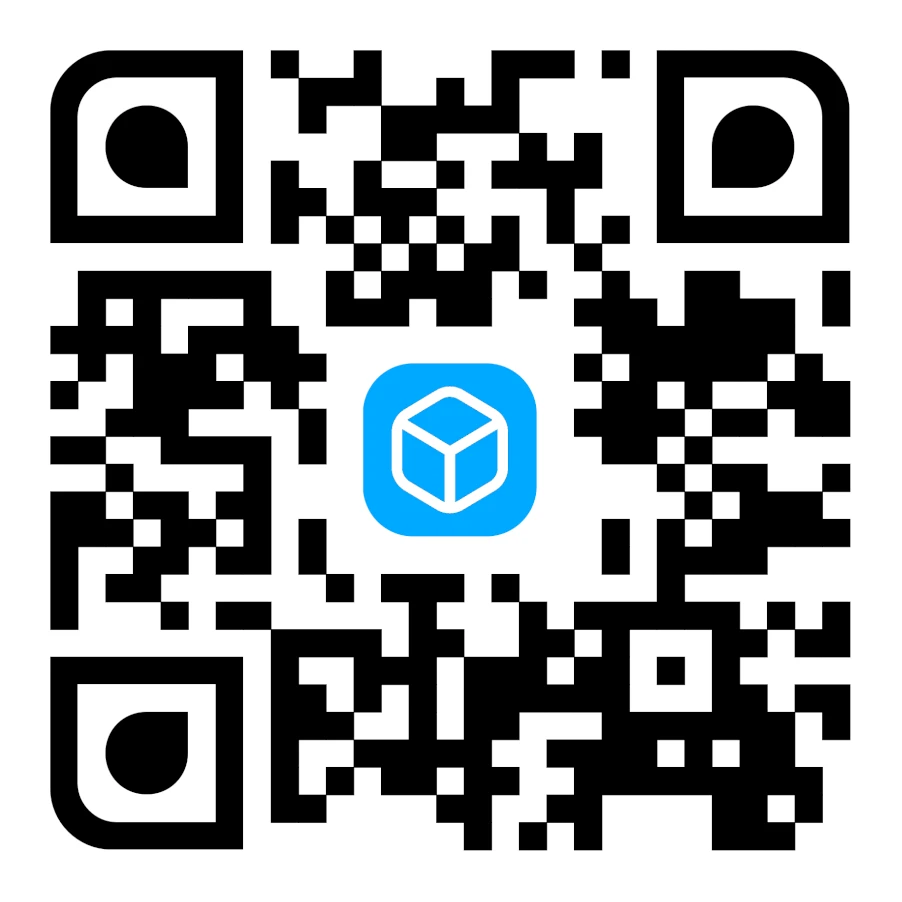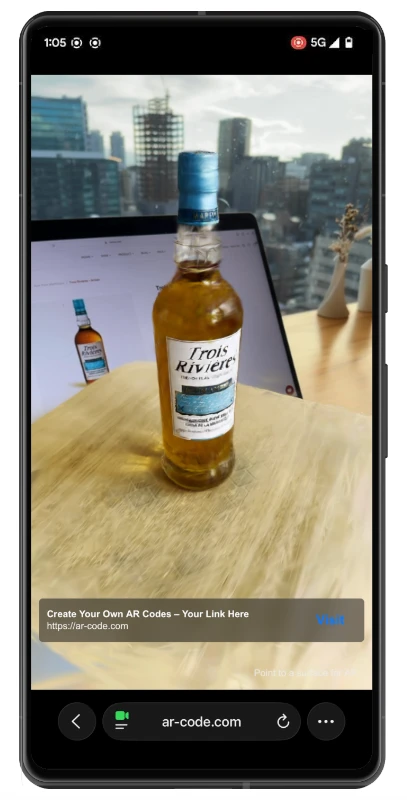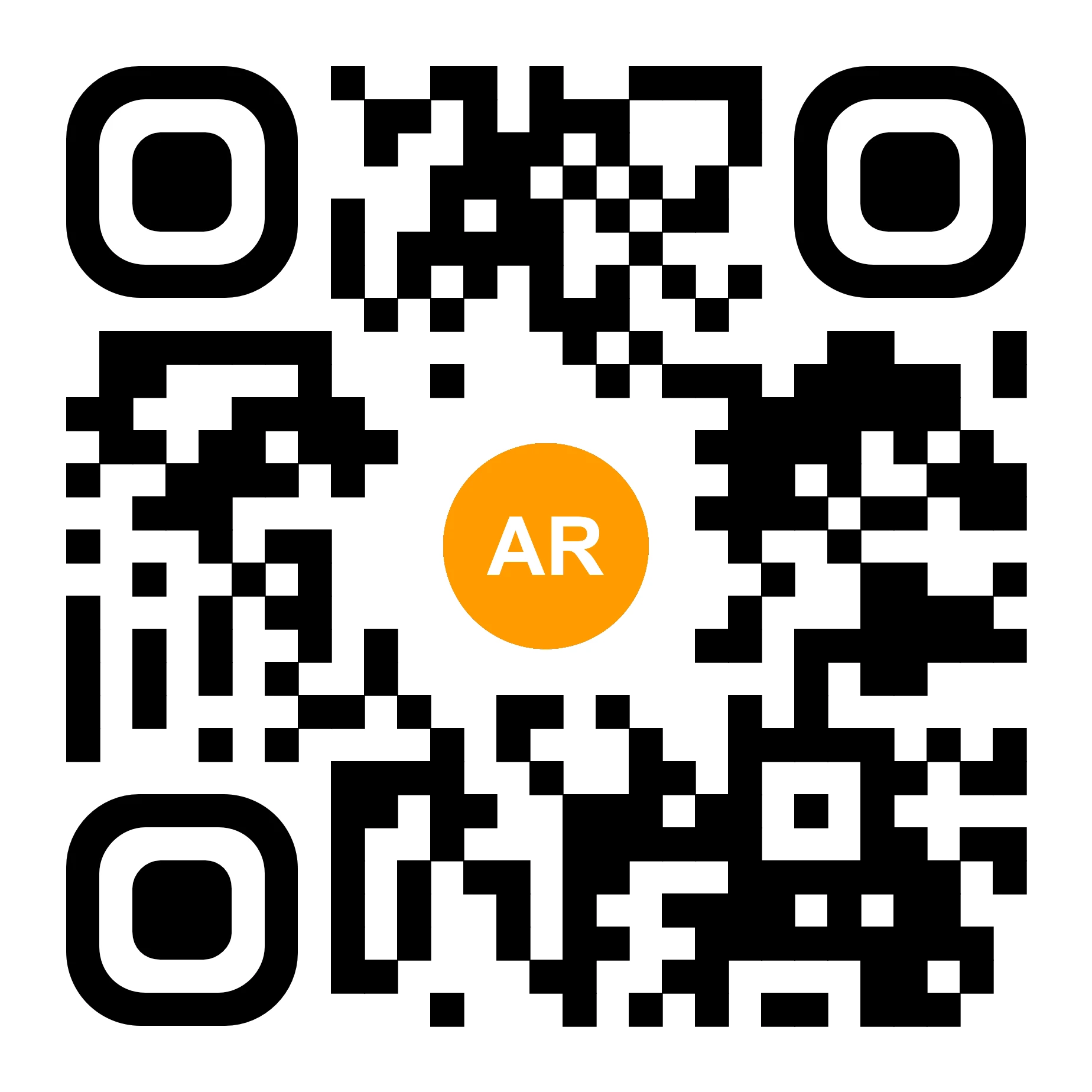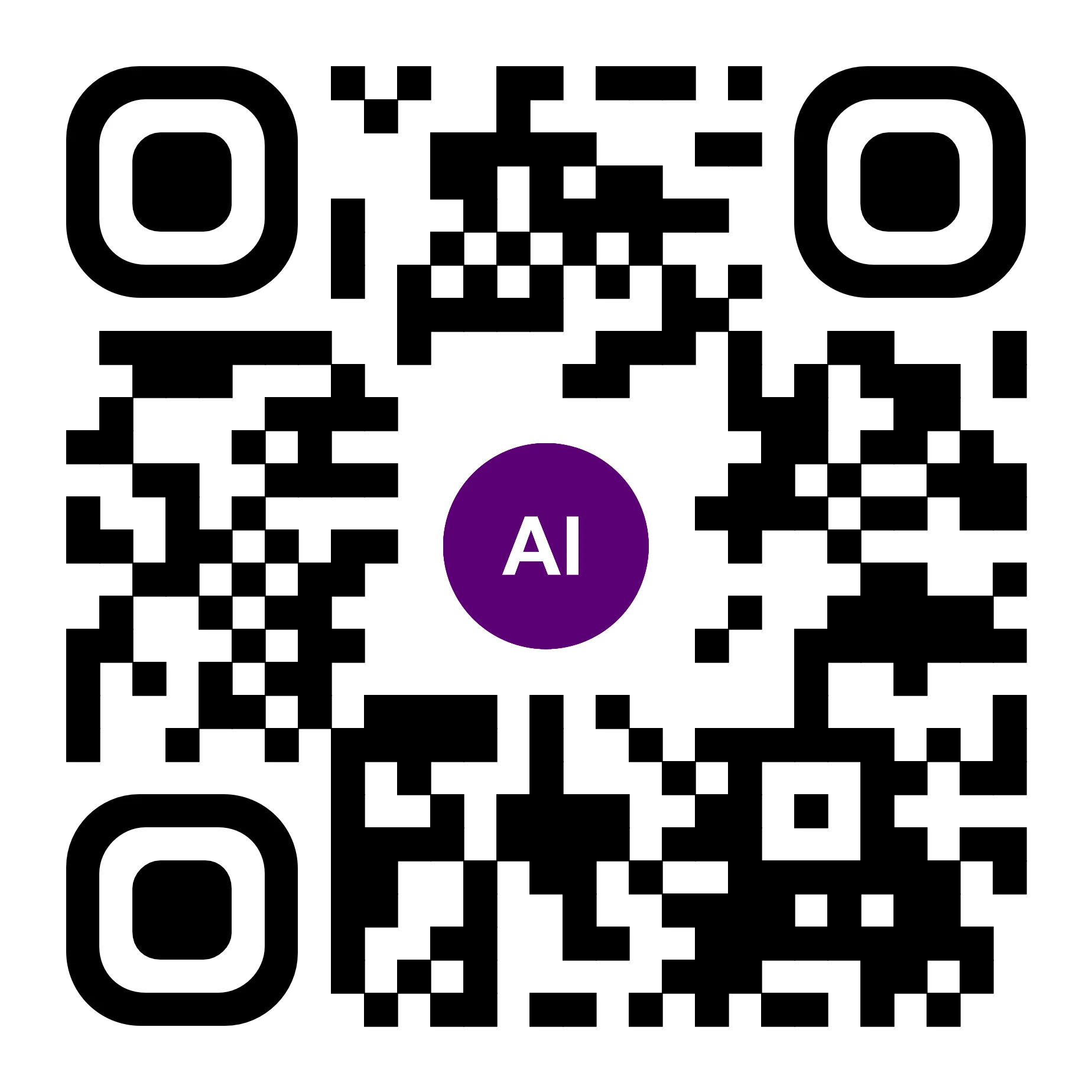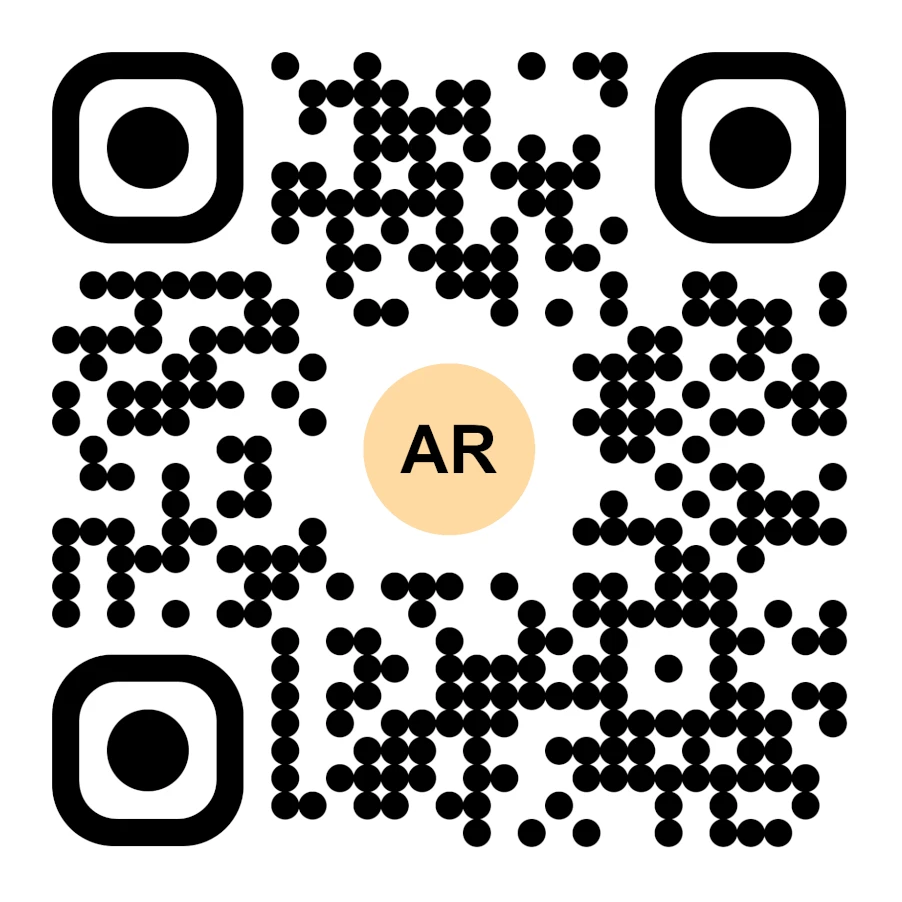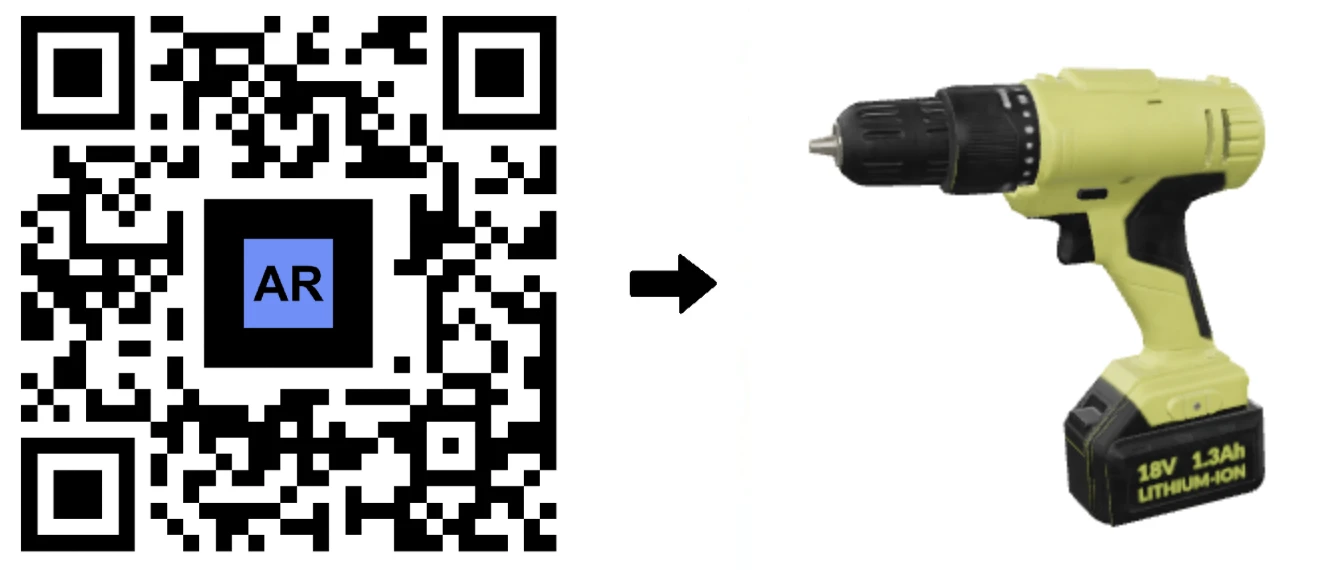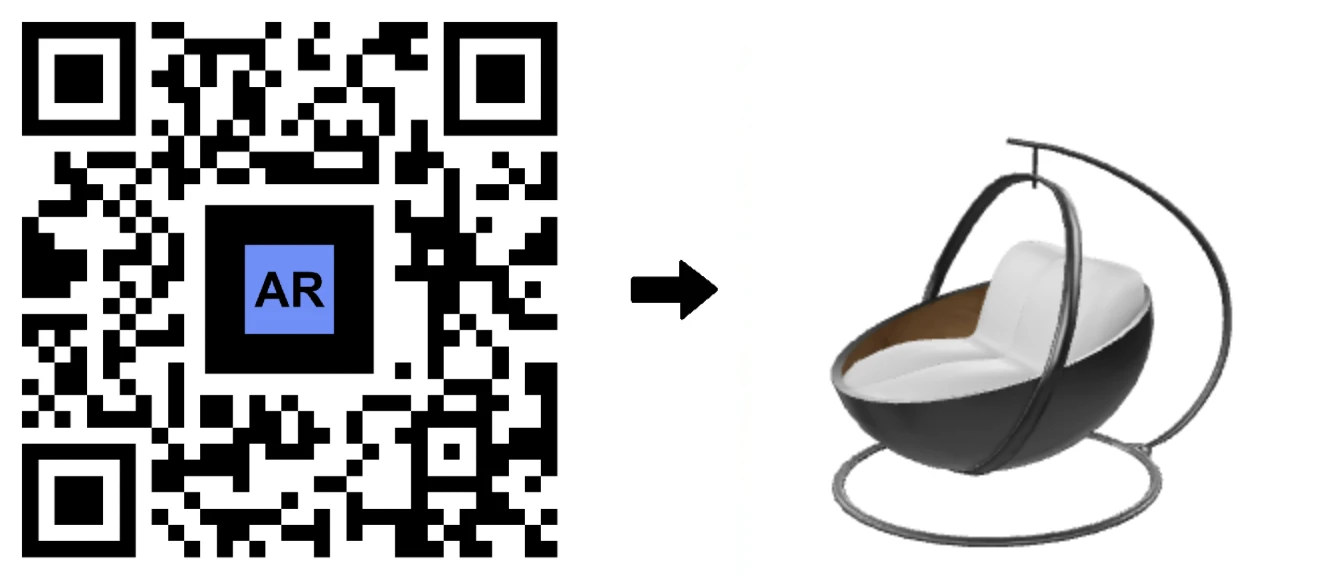Augmented Reality QR Codes Enhance Collaborative Product Design
AR Code Tech | 02/01/2026 |
Accelerate innovation and improve product design with AR Code SaaS solutions. Our advanced augmented reality platform streamlines your design process, enhances team communication, and reduces project costs. Integrate AR Codes into your business workflow to achieve scalable, efficient, and cutting-edge collaboration that positions your company ahead in the market.
By utilizing AR Codes for product prototypes and digital designs, your teams and partners can access immersive 3D content instantly on smartphones—no extra apps required. This technology simplifies remote teamwork, promotes idea sharing, and enables real-time feedback for a powerful, flexible design process.
Revolutionize Product Design Teamwork with AR Codes
Effective communication drives successful product design. Engineers, designers, project managers, and researchers must collaborate seamlessly to achieve milestones.
AR Codes make sharing and reviewing 3D models easy and dynamic. Instantly showcase ideas and iterate in augmented reality with intuitive tools. Discover how you can optimize product development by exploring our comprehensive collaboration guide.
Unleash the Power of 3D Modeling in Industrial Design
3D modeling lets teams visualize and refine concepts before manufacturing, saving time and reducing costs. Industrial designers rely on industry-standard software such as 3DS Max, Autodesk, and open-source options like Blender to deliver quality digital prototypes for any business application.
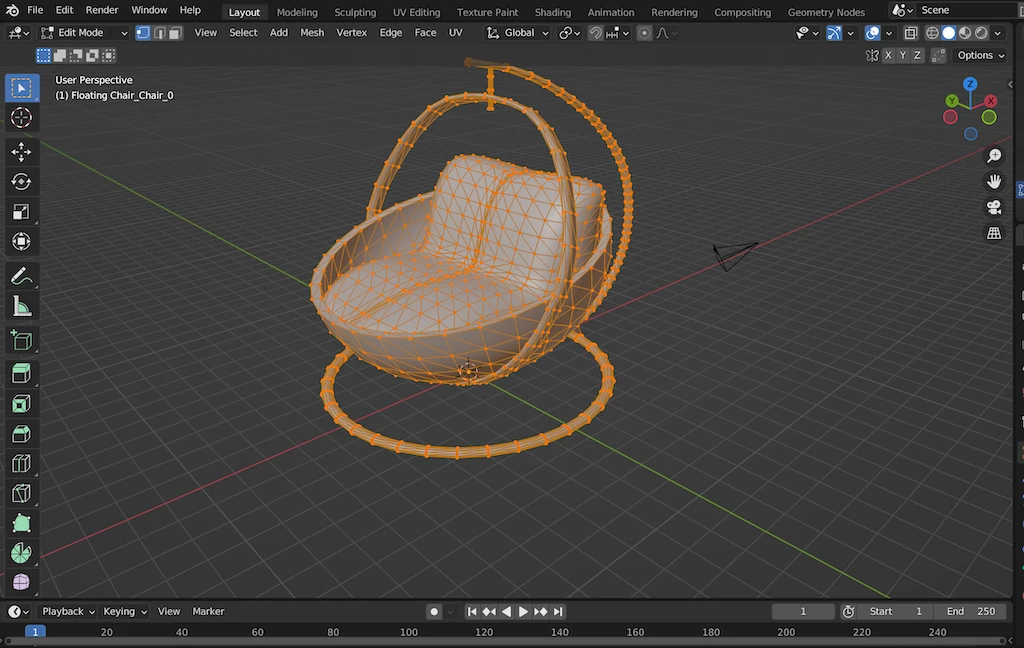
Combine 3D modeling tools with AR Code to transform static CAD designs into interactive AR experiences. Bring your product concepts to life and give your business a strong advantage in a competitive landscape.

Maximize Remote Collaboration for Global Teams
Modern businesses thrive with technology that bridges distance. AR Codes empower design and engineering teams to review and refine 3D models anywhere in the world. Scan an AR Code to participate in live, immersive reviews that accelerate decision-making and project advancement. For details and industry insights, see: How AR Codes Enhance Collaborative Product Design.
Boost Communication and Understanding with AR Codes
Augmented reality presents your 3D models in life-like detail, improving how you communicate and refine product designs. AR Codes let teams interact with virtual prototypes embedded in real-world environments, making it easier to spot improvements and move projects forward with confidence.
Getting started is simple: follow our AR Code 3D model upload and optimization guide for the best formats and file sizes.
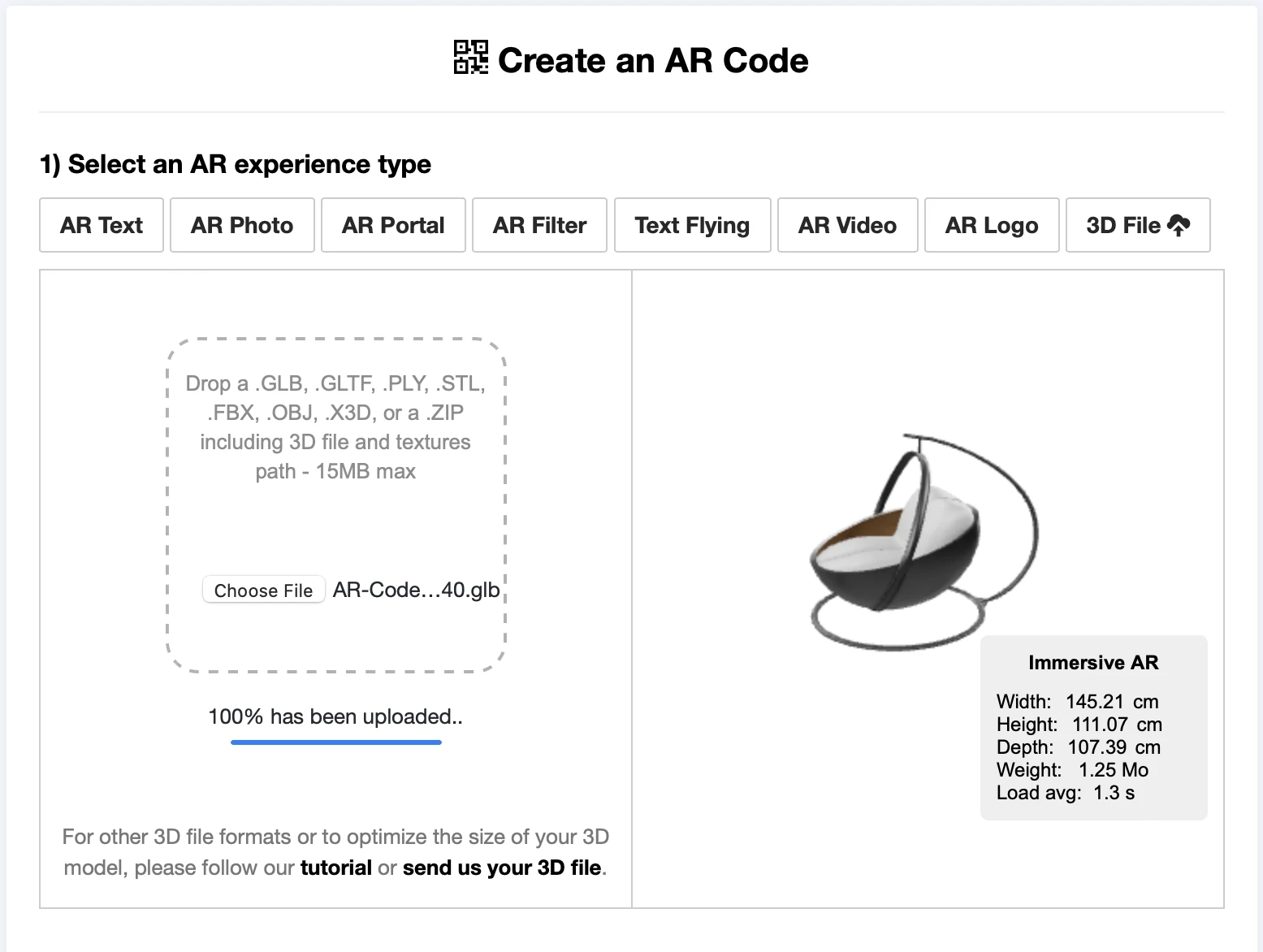
Anyone can experience 3D models in AR by scanning an AR Code with any compatible mobile device. For easy setup instructions, consult our AR scanning tutorial.
Empower Teams with Interactive 3D Models via AR Codes
Take business collaboration to the next level with interactive 3D model exploration and real-time feedback, all enabled by AR Codes. These tools foster brainstorms, seamless global communication, and quicker design iteration cycles. Real-time sharing and annotation capabilities enhance participation and decision-making.
Integrate AR Codes into daily operations to synchronize remote and in-office teams. Leading businesses use AR technology to optimize development pipelines and make faster, more informed choices.
Seamless 3D Model Sharing with AR Codes in Documents
Elevate your manuals and sales presentations with AR QR Codes, giving stakeholders instant visual access to product models. Watch our video for a full walkthrough on converting CAD files into AR-ready content:

Embed AR QR Codes in technical documentation, product manuals, or marketing materials, allowing anyone to access 3D models instantly. This integration strengthens feedback and increases stakeholder engagement throughout the product lifecycle.
Transform Your Industry with AR QR Codes
AR QR Codes bring interactive 3D technology to any industry. Modernize product packaging, enhance real estate marketing, elevate event promotions, update business cards, and transform education with AR Codes. Deliver immersive augmented reality experiences without the need for any app download.
Industrial and manufacturing businesses use AR Codes to overlay digital models, instructions, and support content directly onto physical equipment. This increases training effectiveness and operational efficiency. Real estate companies offer virtual property tours through AR Codes. Enhance engagement and streamline communication with standout AR experiences. For more on industrial applications, read how AR Code transforms manufacturing.
Frequently Asked Questions
How do AR Codes enhance collaboration in product design?
AR Codes enable teams to view 3D models in augmented reality on any smartphone or tablet. This interactive process improves design reviews, increases understanding, and makes global collaboration more efficient.
How do I create and share a 3D model using an AR Code?
Design your 3D model in a compatible application, export it using AR Code requirements, and generate an AR QR Code. Share the code in your materials or online. Anyone can scan and view your model instantly. For expert tips, watch our CAD file conversion video tutorial.
What devices can be used to view 3D models through AR Codes?
AR-enabled smartphones, tablets, and Apple Vision Pro headsets are compatible with AR Code experiences. Find out how to get started in our scanning guide.
What are the benefits of using AR Codes for viewing 3D models compared to screen-based viewing?
AR Codes display 3D models at full scale in real environments, delivering superior understanding and faster feedback than traditional screen-only methods.
Can AR Codes be used for remote collaboration?
Absolutely. AR Codes support global remote collaboration, allowing teams to view, share, and update 3D models in real time for faster project execution. See our product design collaboration guide for more.
AR Code Tech - Latest Blog Posts
AR Splat: A New 3D Scanning-to-Augmented Reality Solution Based on Gaussian Splatting

AR Splat by AR Code empowers businesses to create immersive, high-quality 3D environments from simple videos, streamlining 3D content creation for web-based AR experiences. Upload a walk-around video and AR Splat instantly generates a photorealistic 3D scene, accessible directly through an AR QR Code. Driven by...
AI Code’s Image Generation Redefines Product Visualization Through a QR Code Scan
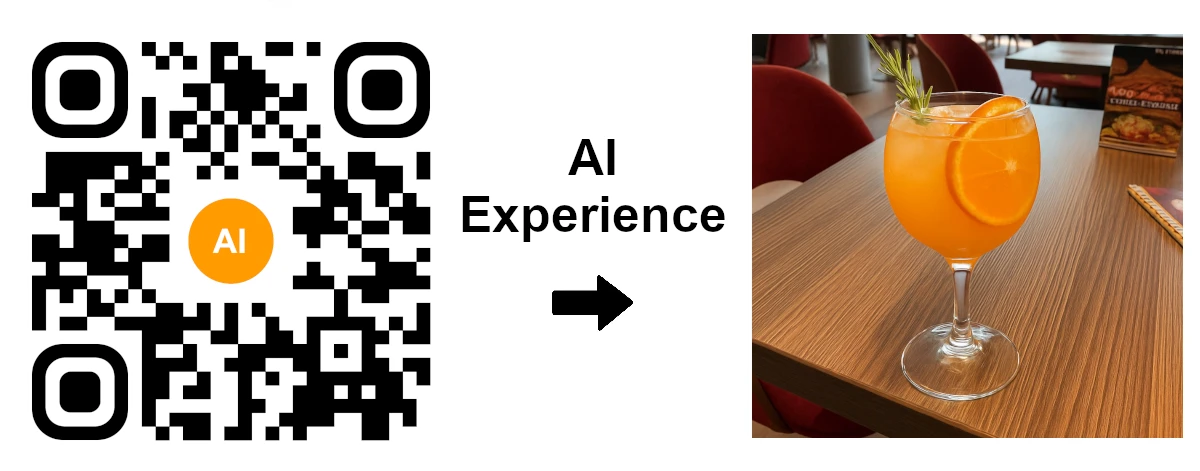
AR Code is transforming Augmented Reality (AR) and Artificial Intelligence (AI) for businesses by providing AI-generated visualizations that engage customers instantly through a QR code scan. Unlock the potential of AI Code for your business and drive customer interaction with immersive AR experiences. Retailers,...
AR Code Object Capture Now Works on All iPhones and iPads No LiDAR Required
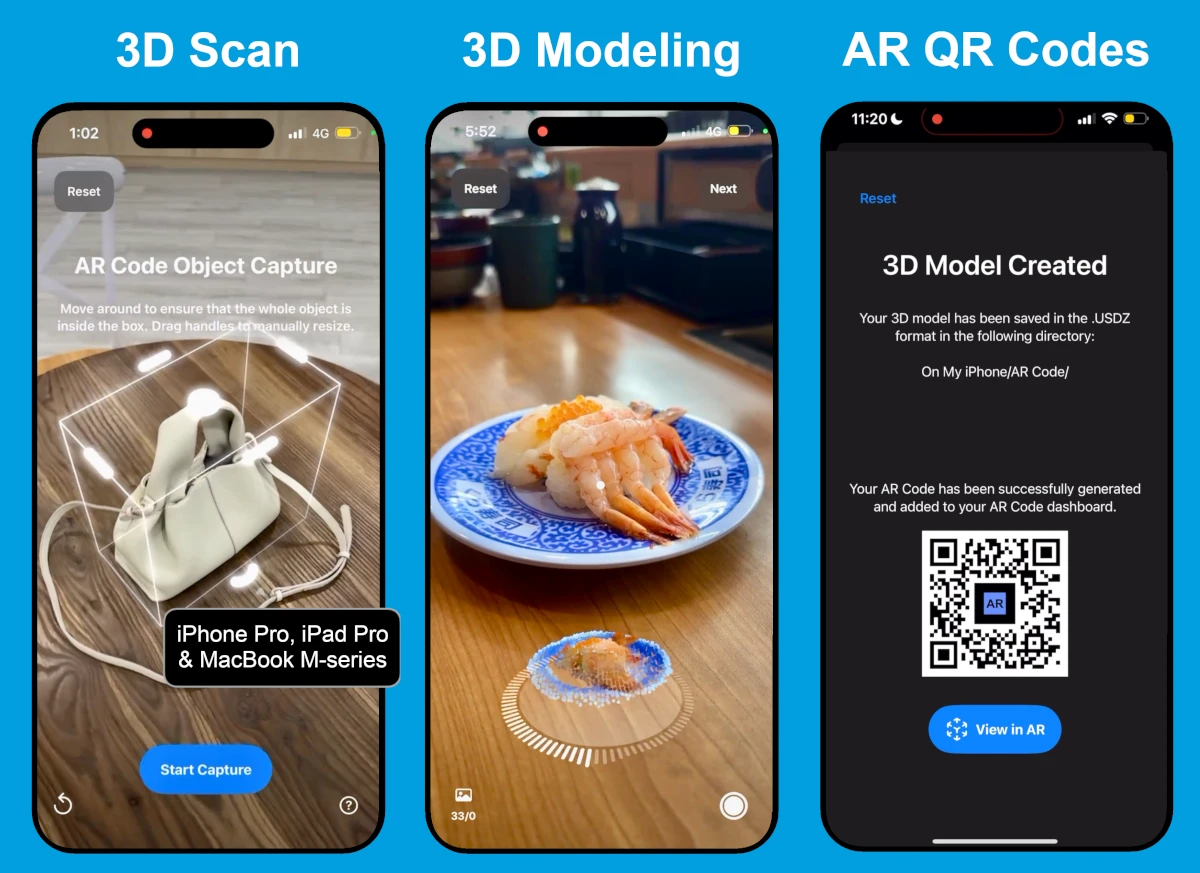
Elevate your business with immersive augmented reality using the AR Code Object Capture app. Instantly capture and create 3D models plus AR QR Codes on any iPhone or iPad, no LiDAR required, streamlining digital workflows and unlocking new customer engagement strategies. Empower your team to deliver interactive AR...
3D Scanning from Video Now Available on the AR Code Web Interface
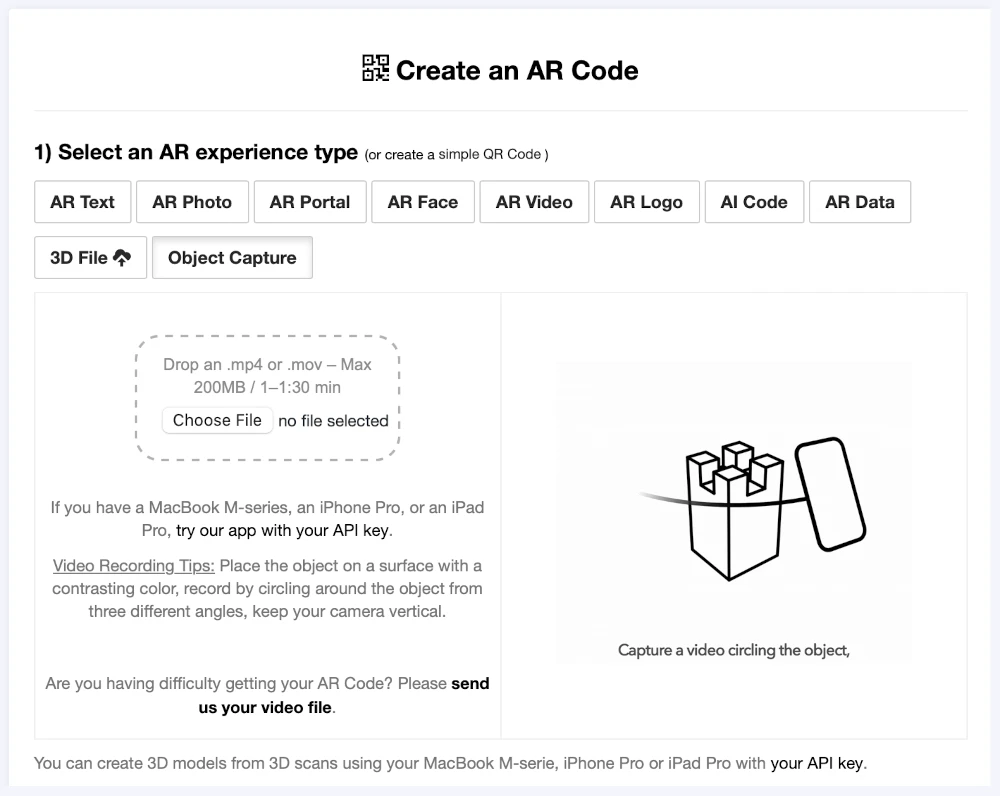
Transform your business with the innovative AR Code Object Capture solution, now available on our web platform. Boost your brand's impact by turning video-based 3D scans into immersive augmented reality content in minutes, all without technical hassles. Forget complicated apps or extra hardware. Upload a...
Guide to 3D Scanning with Our "AR Code Object Capture" Solution

Accelerate your business’s digital transformation with AR Code Object Capture—the leading SaaS platform for 3D scanning and augmented reality experiences that drive growth, engagement, and revenue. Trusted by top organizations, AR Code delivers high-quality 3D model creation for marketing, e-commerce,...
From Video to 3D Modeling: Photogrammetry with AR Code Object Capture on MacBook M-Series
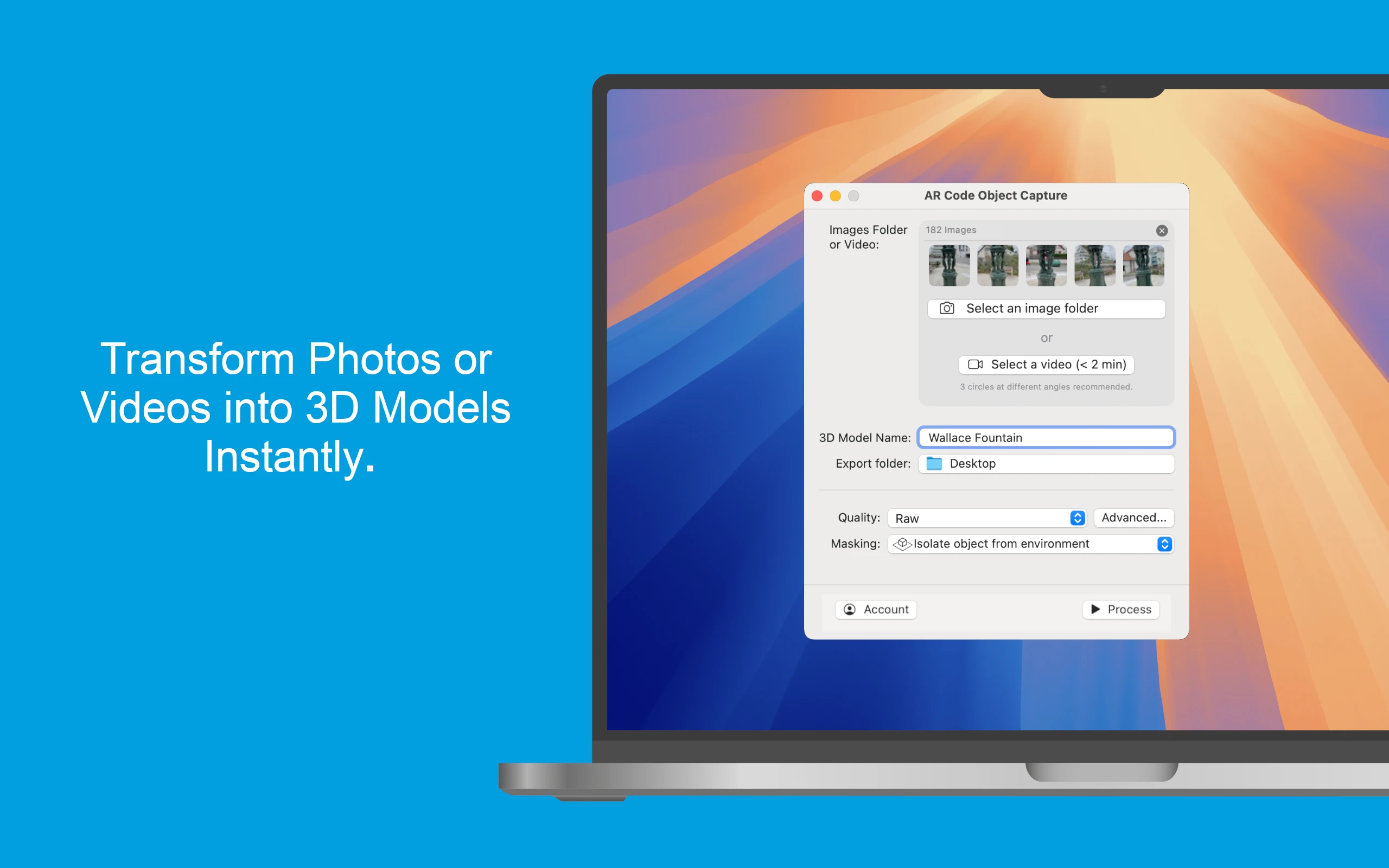
Elevate your business with the cutting-edge AR Code Object Capture app, the premier 3D scanning and augmented reality SaaS platform for enterprises. Purpose-built for MacBook M-series (macOS 15.0+), this app converts real-world products into vivid 3D models and AR QR Codes in just minutes. Seamlessly compatible across...
Personalize Your AR Codes with Innovative Design Options

AR Codes are revolutionizing business engagement by seamlessly connecting physical products, print materials, and digital content into interactive augmented reality experiences. Unlike standard QR codes, AR Codes on the AR Code SaaS platform offer advanced visual customization, transforming plain codes into vibrant,...
AR Code's Low-Power SLAM: Augmented Reality for Everyone, Everywhere
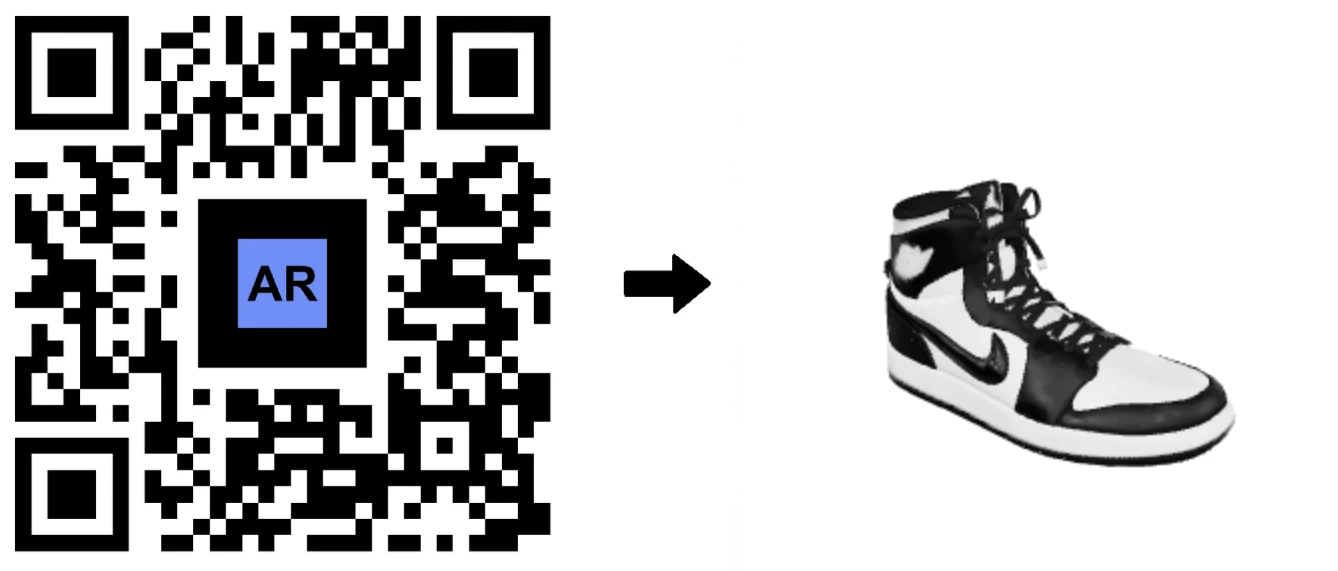
Accelerate your business growth with AR Code, the flexible SaaS platform revolutionizing accessibility and engagement in Augmented Reality for companies worldwide. Deploy dynamic AR experiences across premium and affordable devices, from flagship smartphones to entry-level Androids. AR Code’s advanced low-power SLAM...
Revolutionize Your Online Boutique with 3D Scans Using the AR Code Object Capture App

In today’s fast-paced e-commerce world, delivering immersive and interactive shopping is crucial for businesses to stand out. Online shoppers expect to experience products as vividly as in person. AR Code helps companies surpass these expectations through leading-edge Augmented Reality solutions. Using the intuitive...
AR Face Filter Creation Simplified: Boost Brand Engagement with AR QR Codes
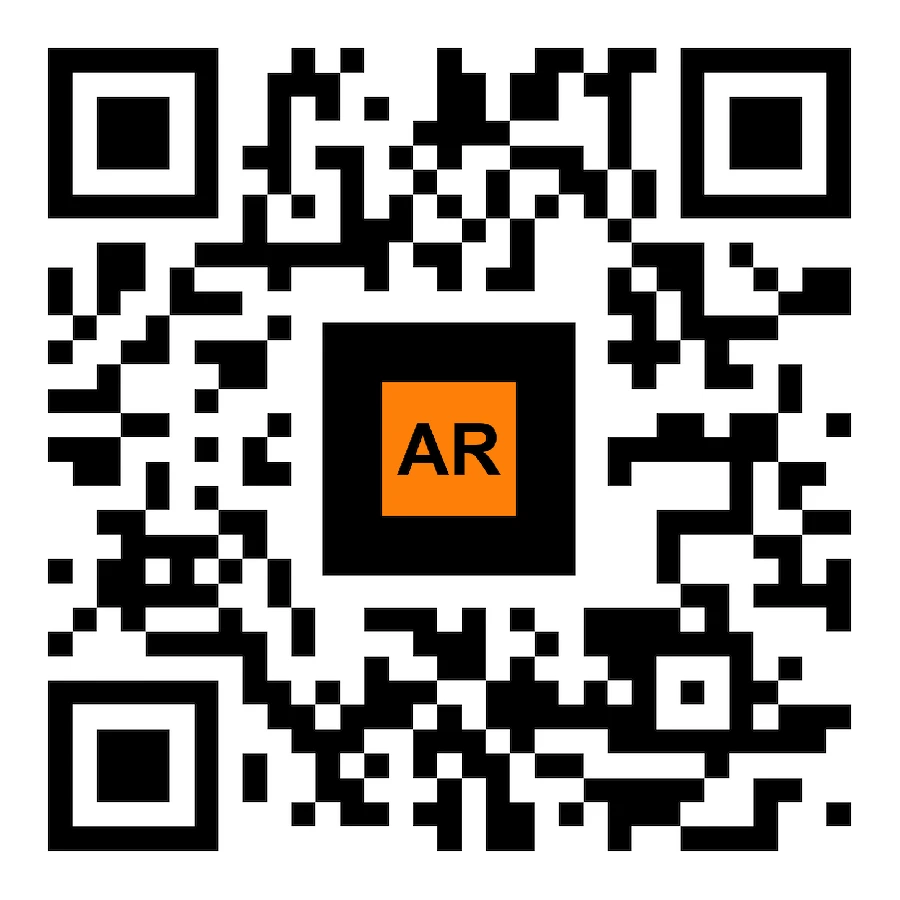
Accelerate your brand reach and energize your marketing strategy with the AR Face Filter, an innovative augmented reality SaaS solution from AR Code. Instantly project your logo or images onto users’ faces using advanced AR and AI technology. Perfect for sports teams, event organizers, entertainment brands, and...
150,624 AR experiences
553,353 Scans per day
129,228 Creators
